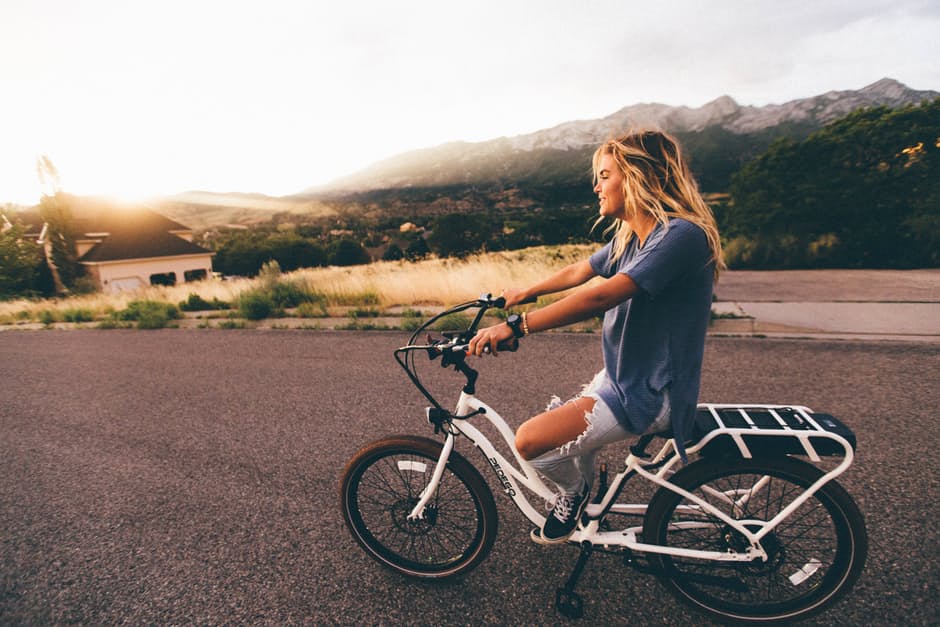Cycling has become increasingly popular as a method of transport and as a way to keep fit. For a long time, most companies focused on producing road bikes for their largest market, men, and bikes for women meant a smaller unisex bike. Lately, bike manufacturers have started to build bikes tailored to women needs. Here are a few things to look out for when selecting a bike. This website gives you more insight.
Does your bike have to be a women’s bike?
Not necessarily. Bike manufacturing companies have gathered data that show that women have shorter arms on average than men and longer legs as a proportion of their body than men. So women’s bikes have narrower bars, a shorter distant to the handlebars (also called a shallower drop to the handlebars). Because this data is average, individual people might not fit these types; look for a bike that fits your body, the wrong type of handlebar will put a strain on your neck and shoulders especially on long or tough rides. A unisex bike might be a better choice.
Women’s bikes also tend to have different type saddles to compensate for the difference that men and females have in their hips. However, saddles can be moved from bike to bike, so the general bike fit is more important.
Consider your body size and type
A bike fit is particular to you. If you have long legs and a shorter upper body, then a bike with a shorter reach would be useful as it would give you a more upright position. This set-up would be uncomfortable for taller women with longer arms. This also applies to the weight of the bike, where a smaller, lighter woman might require a lighter frame for maneuverability.
Other considerations have to do with the type of riding. There are two main types of Road bikes: Endurance and Race. Endurance bikes are built for longer rides, so they tend to be tailored for comfort and not speed, so they have a more upright natural position. Race bikes are built to make the most use of power, so they tend to have the rider further forward and compact to push forward. The type of bike you choose will depend on what type of riding and what type or rider you want to be.
Another consideration is the type of brakes. Most bikes these days come with disc brakes which are more popular than traditional rim brakes because of their stronger power and the fact that they don’t lose effectiveness in the rain and mud, which may be critical. However, they do have sharp edges and women’s cycling bodies in some countries discourage their use in road races.
Ultimately, choosing a bike comes down to the fit of your body and the bike, what type of rider you are and what kind of racing you will be doing. Make sure to spend enough time picking the bike that is most comfortable no matter whether it is a woman’s bike or a unisex bike or even a men’s bike. And make sure you test ride the bike thoroughly.
And of course, always follow road rules!

